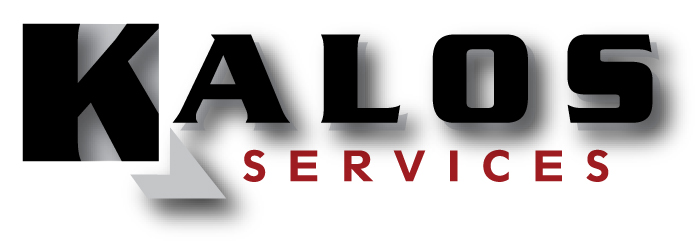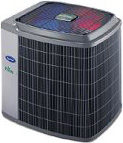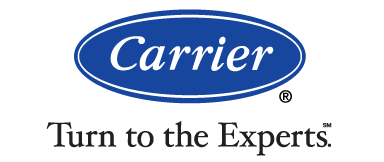|

A/C Frequently Asked Questions
|
Q: What is the difference between Freon and Puron?
A:
Freon & Puron are both brand names for different kinds of refrigerant used in air conditioners. The technical name for Freon
is R-22 and Puron is R-410a. Puron is enviromentally friendly and does not harm the O-zone layer the way Freon (R-22) does.
The federal government has mandated that no more R-22 based equipment can be produced after the year 2010. This means that
the cost of R-22 will steadily increase up until that time. This is why Kalos Services utilizes Carrier equipment with Puron.
More Puron Info
|
|
Q: What Is SEER?
A: SEER stands for seasonal energy efficiency
rating, it is the standard used to measure the energy efficiency of air conditioners and heat pumps. The higher the SEER the
lower the power bills, older units can be as low as 6 SEER while the new Carrier Infinity system can be as high as 20 SEER.
The federal government currently requires all A/C units to be at least 10 SEER, but on January, 23rd 2006 all units must be
at least 13 SEER as mandated by the federal government. For more info click on the link to the right.
|
|
|

|
Q: What should I do to properly maintain my A/C unit?
A:
There are several things you can do to help extend the life of your unit and reduce service calls.
1. Replace your
filter often! It is a good idea to replace your filter every month when you receive your power bill. Use a high quality filter,
if you have a washable type filter it may be a good idea to spray it down with simple green, or 409 before washing it. I find
that most people do not clean their washable filter thoroughly enough and the filter becomes restricted over time.
2.
Flush your A/C condensate drain with 1/2 cup of white vinegar and 1 gallon of warm water. You must pour this solution down
the drain tee very slowly every other month. This helps inhibit the growth of algae without using bleach that could potentially
corrode your evaporator coils. If you are not sure where the drain tee is located simply ask your A/C contractor to show you
on the next scheduled preventative maintenance.
3. Keep the branches of bushes and shrubs at least 4 inches away from
the coils on your outdoor unit. This will help your unit "Breath" and perform more efficiently.
4. Clear away any grass
clippings, mulch, dirt or branches that build-up around the base of the outdoor unit. This will prevent the unit base pan
from rusting prematurely.
It is a good practice to have your entire system maintained at least yearly by a qualified,
licensed A/C contractor. At Kalos Services we would be more than happy to maintain your unit and keep it in tip-top shape.
|
|
Q: What size should my air conditioner be?
A: Air conditioner
capacity is rated in tons, calculating the tonnage that your specific unit should be is affected by many factors.
1.
The type of construction of your home (block, wood frame, Etc..)
2. Square footage
3. Ceiling height
4.
Window size and type
5. Insulation factor in the walls, floor and ceiling
6. Attic ventilation and many other
minor factors
The only approved way to accurately navigate all of these factors is to use the Manual J standard established
by ACCA (Air Conditioning Contractor of America). At Kalos Services we utilize a computer program that is recommended by ACCA
to calculate all of our loads thereby ensuring that we will install a unit of the correct tonnage.
|

|
|

|
Q: Why does Kalos Services deal Carrier equipment exclusively?
A:
When I was in management with one of the largest A/C contractors in the southeast I was able to see all of the major A/C manufacturers
in action. I was consistently impressed by the superior engineering, consistency and technical support given by Carrier. It
seems as though Carrier has maintained their edge since Willis Carrier invented modern air conditioning in 1911. We deal Carrier
because in my personal opinion, it is the best, plain and simple.
|
|
|
|
